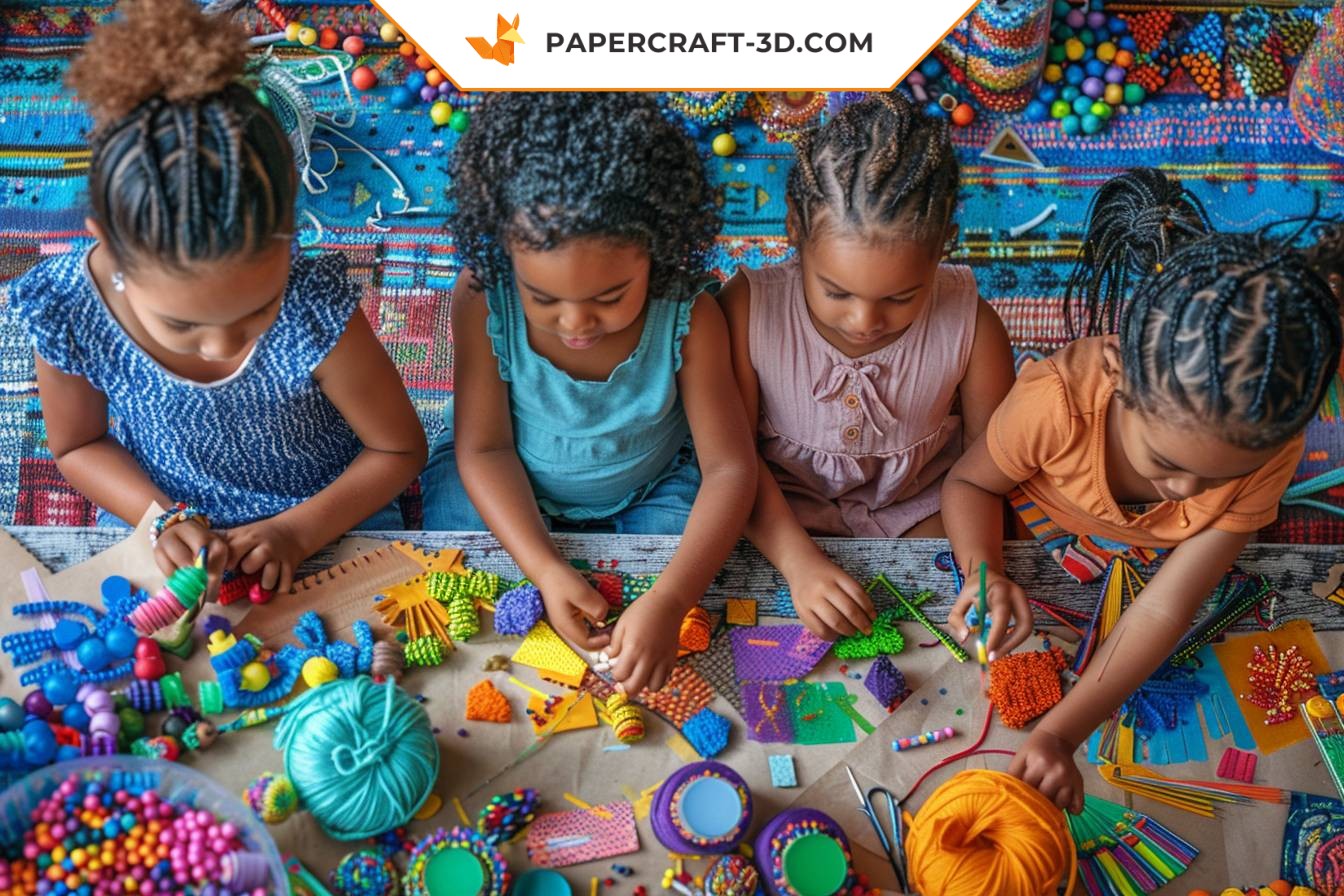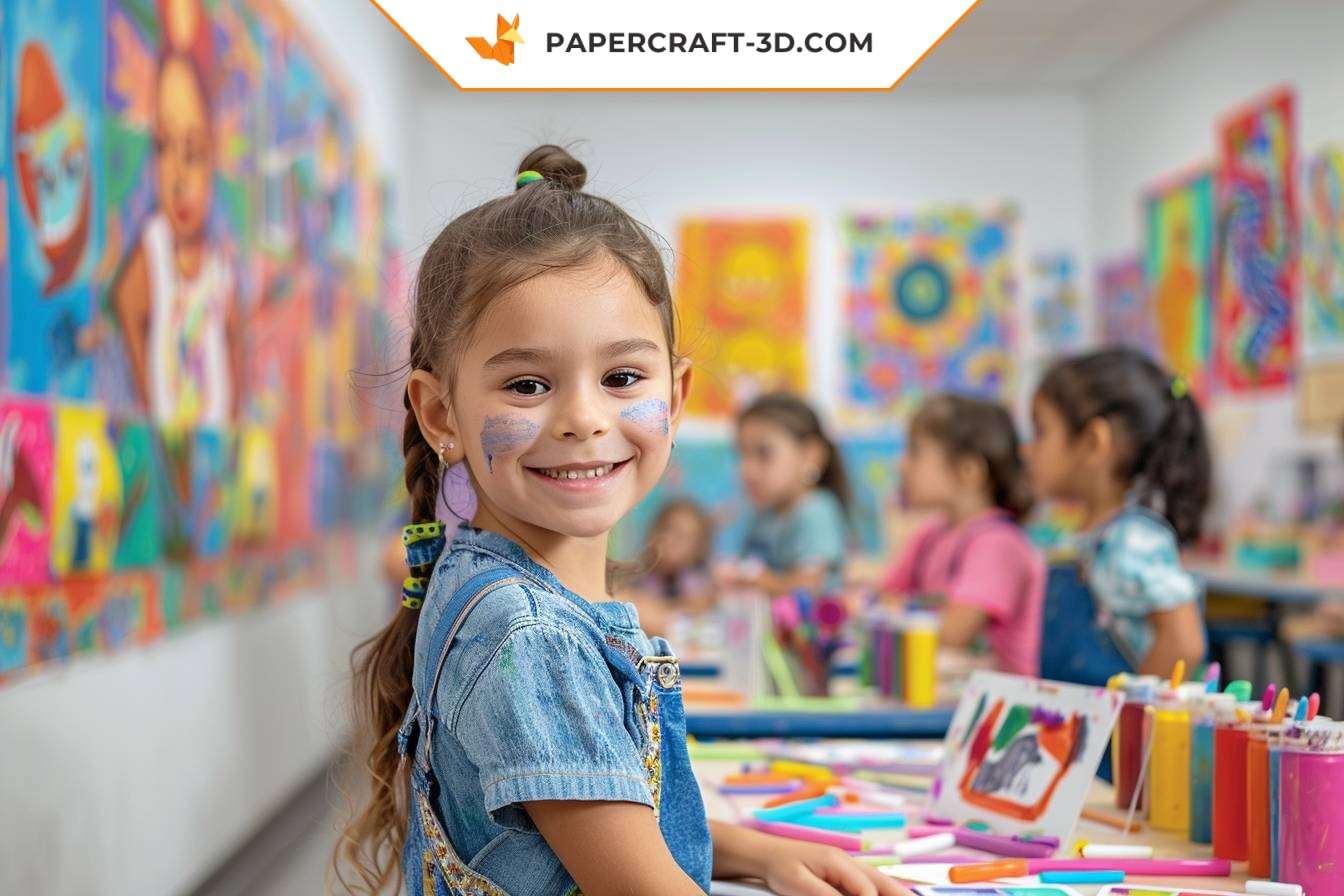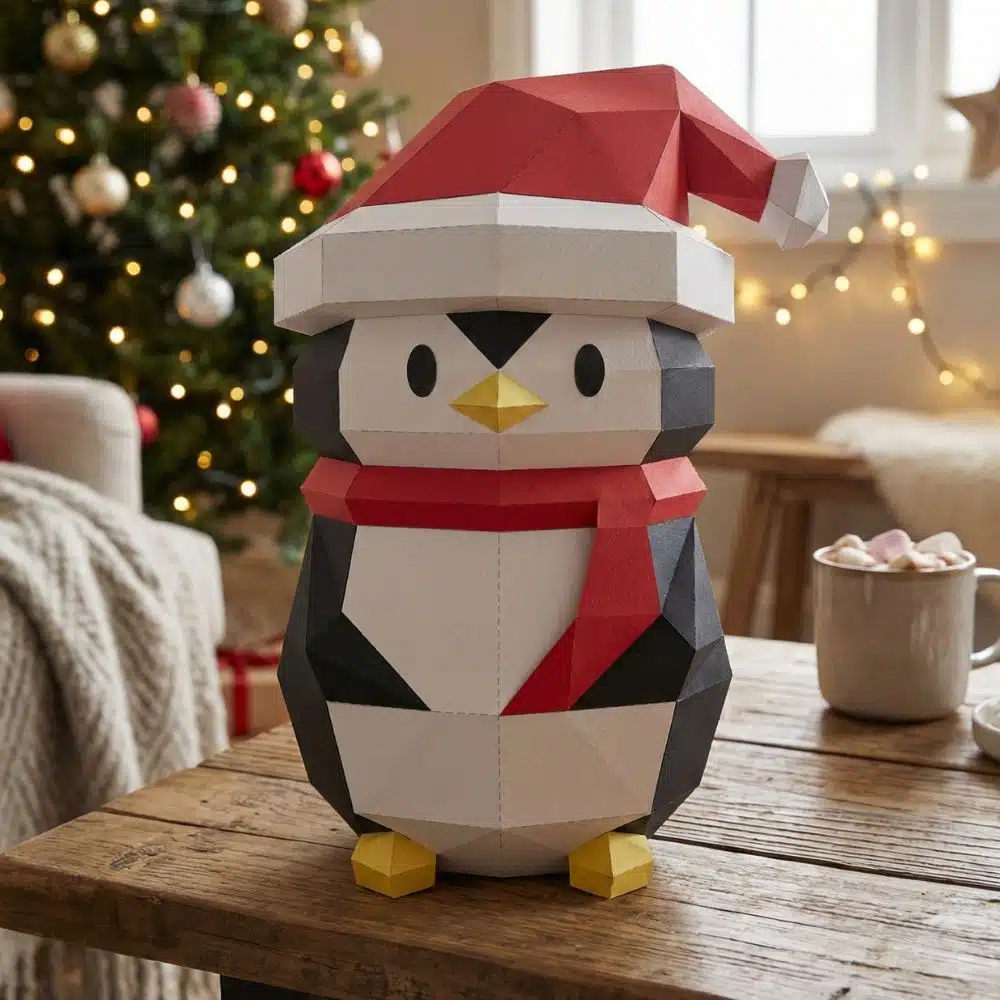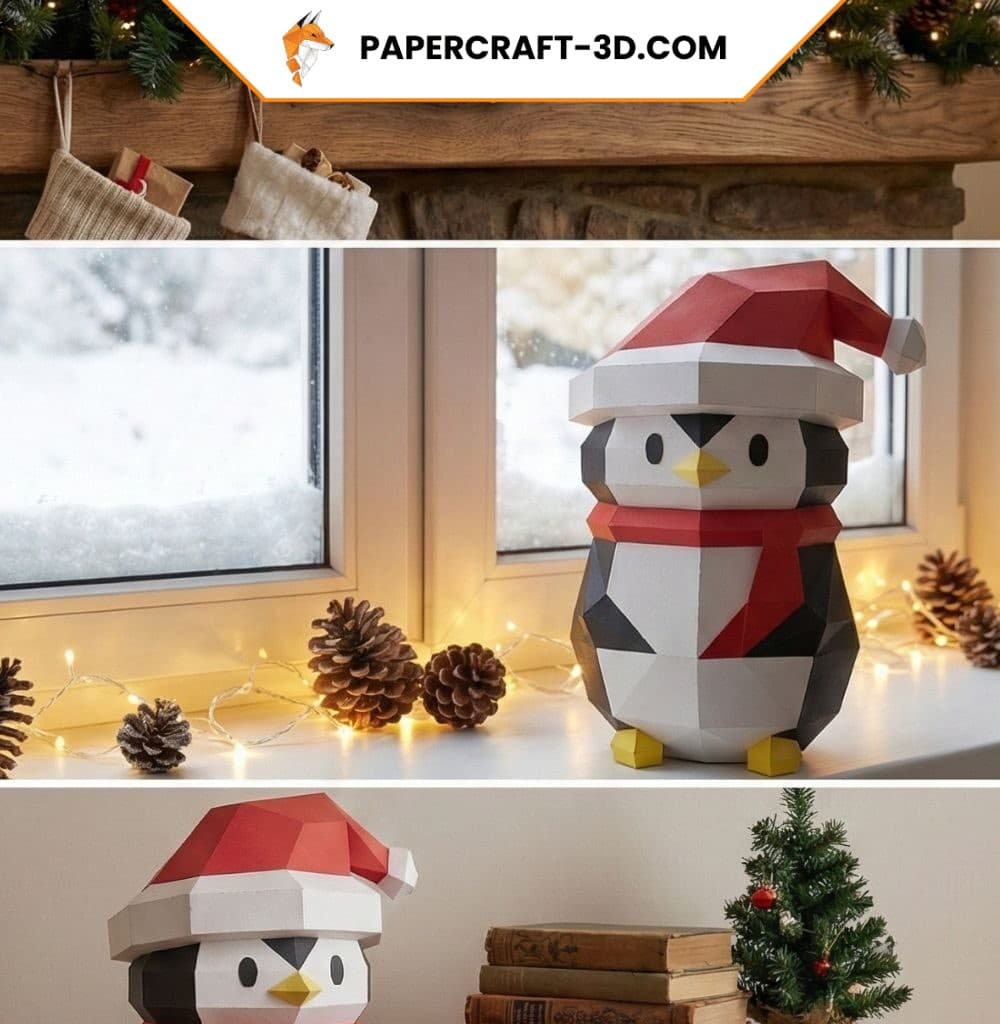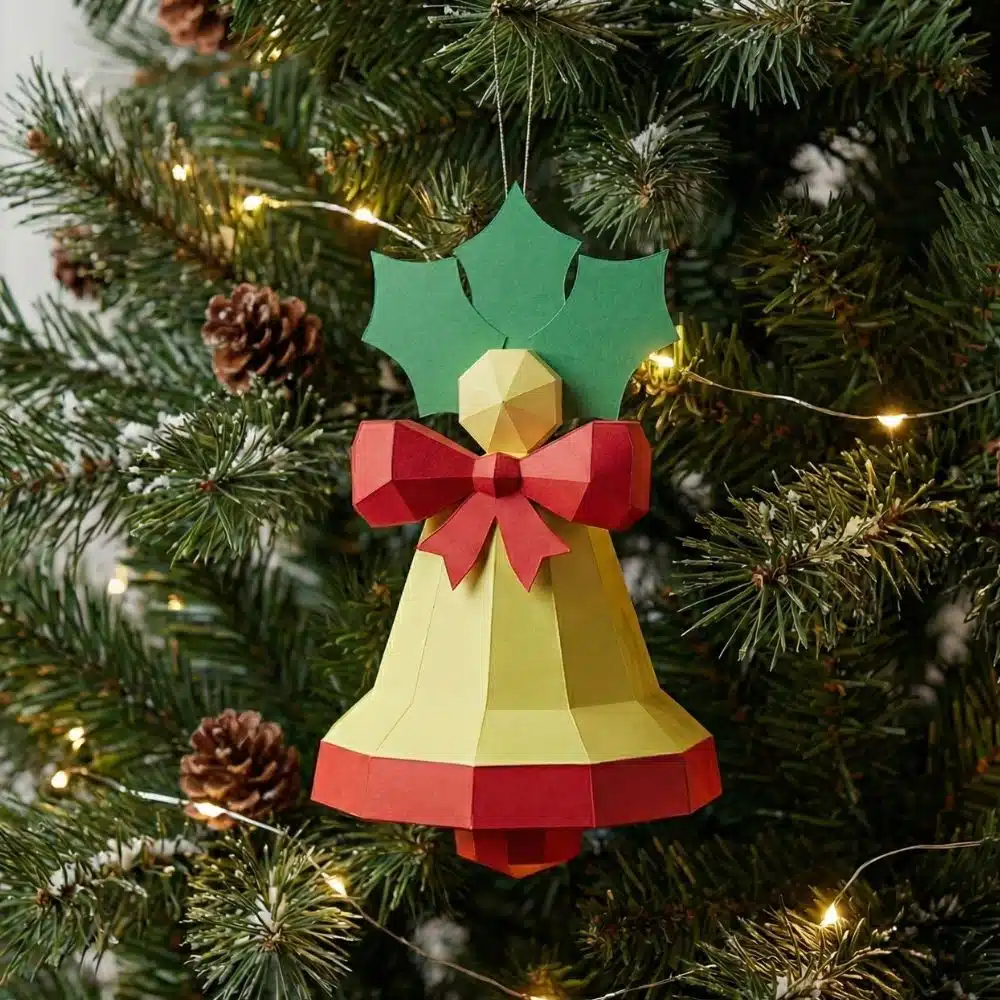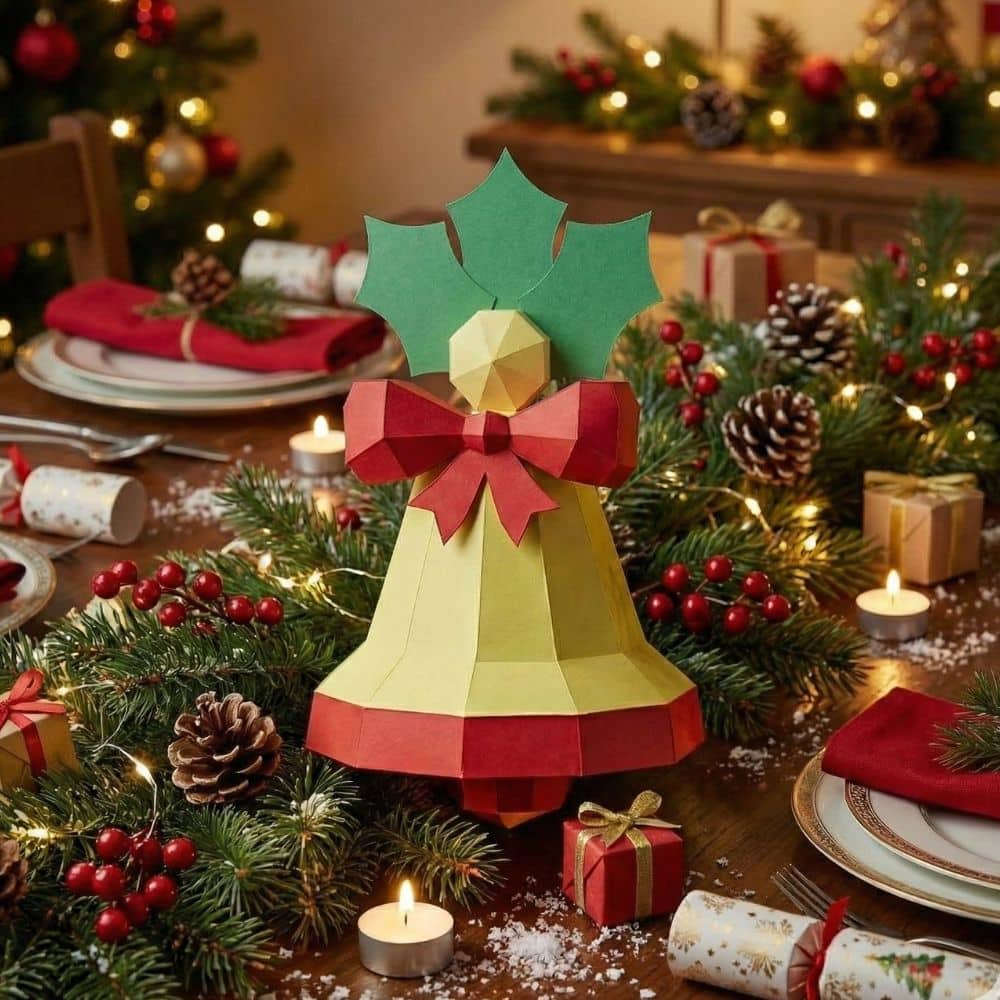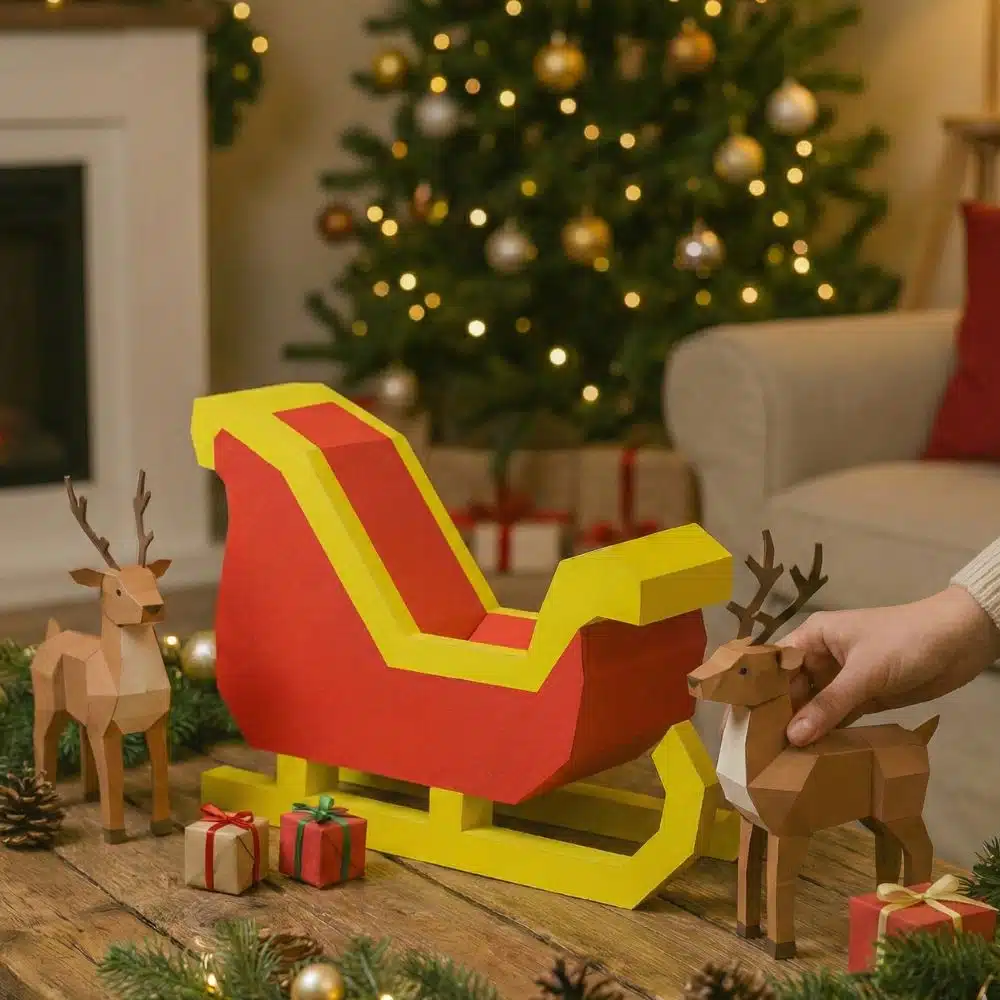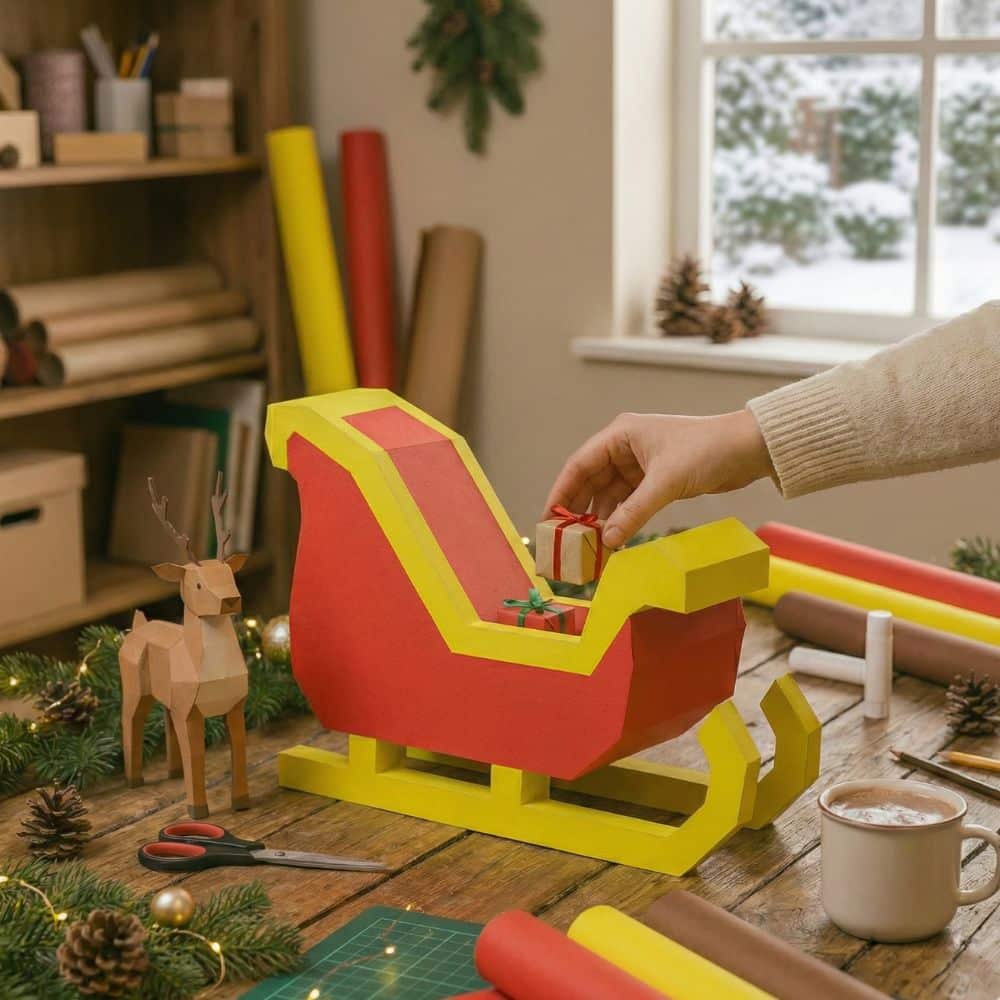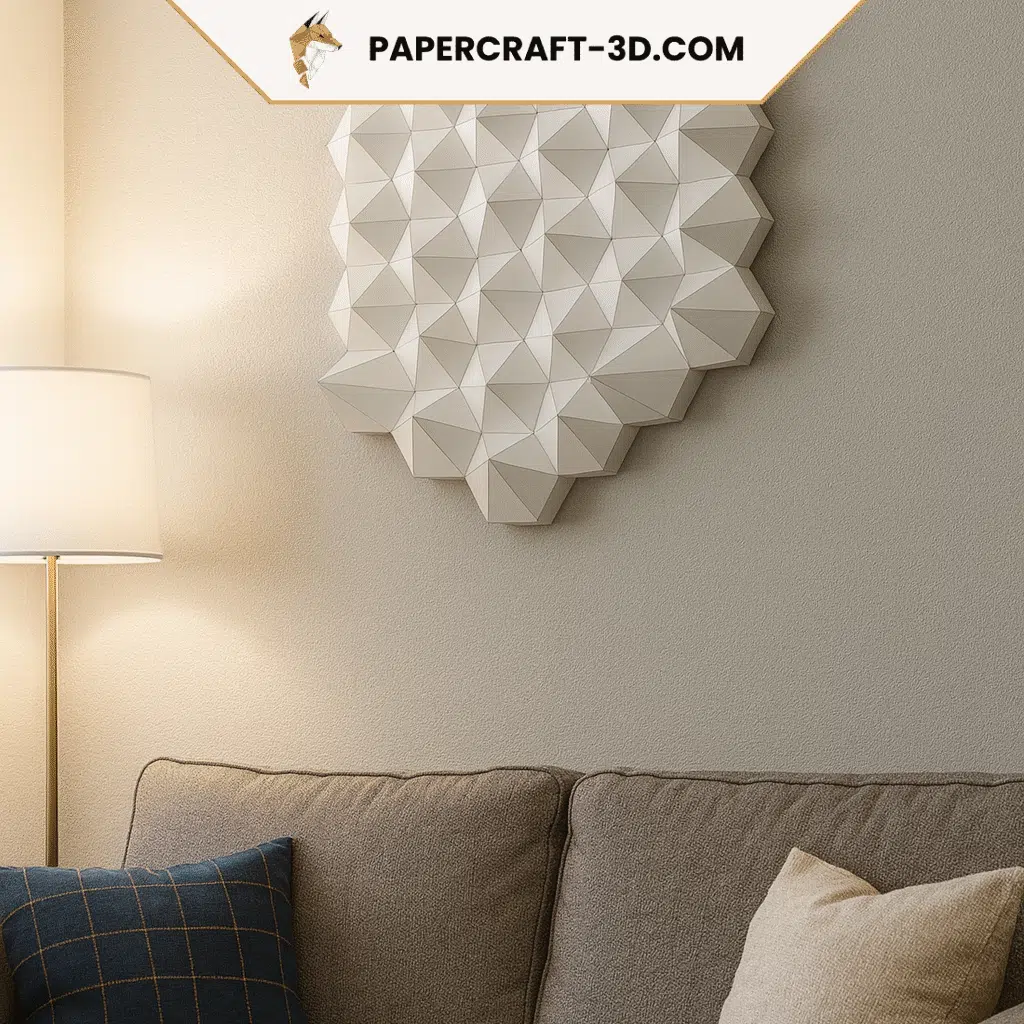Who says fun and learning can’t go hand in hand? Children’s arts and crafts are much more than just a hobby. They are an invaluable tool for the cognitive, emotional and motor development of little ones. According to a 2020 study, 93% of parents recognize the significant benefits of crafts on their children’s concentration, patience and self-confidence. So, are you ready to discover a world of original and varied ideas to keep your little artists or future scientists busy at home?
| Key points to remember |
|---|
| The importance of manual activities for children’s development. |
| The variety of activities on offer. |
| The ease with which these activities can be carried out at home. |
Why are manual activities good for children?
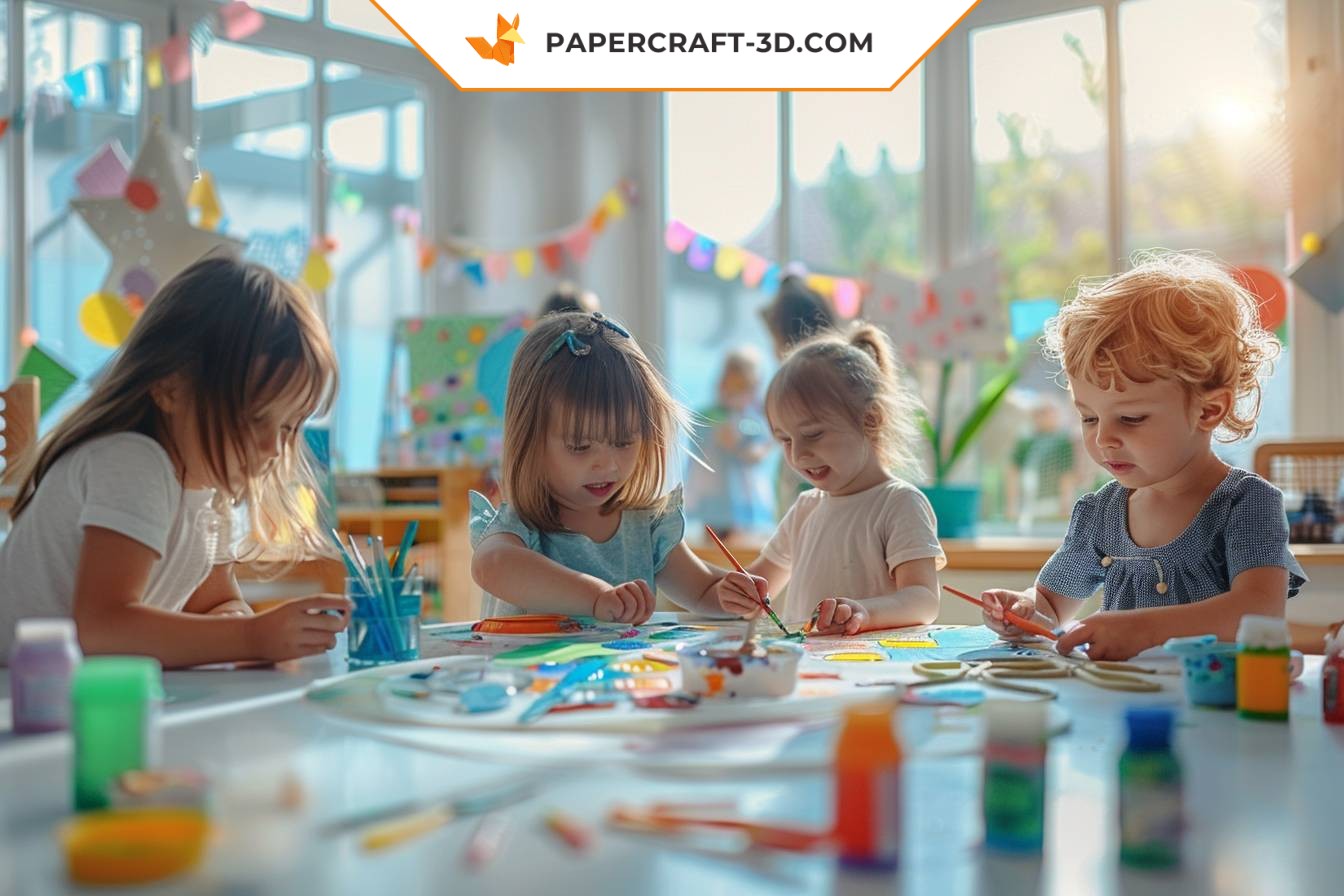
Imagine a world where every movement of a child’s hand becomes a step towards their cognitive, emotional and physical development. A world where the simple act of drawing, cutting or gluing can help build essential life skills. This world exists, and it can be found in the fascinating world of manual activities.
The importance of manual activities in children’s development is supported by a multitude of scientific studies. They play a vital role in their overall growth. So what are the famous benefits of manual activities?
Developing fine motor skills
Gluing, cutting, folding – all these actions improve fine motor skills, i.e. eye-hand coordination. This helps children to perform more complex tasks, such as writing or tying their shoes.
Cognitive growth
Handicrafts also stimulate the mind! They encourage logical thinking and develop problem-solving skills. Each creation is a challenge that pushes children to think and find solutions.
Emotional expression
Art is a powerful form of expression. For a child, creating something with his or her own hands can be an excellent way of expressing feelings and ideas.
Socialization
Doing arts and crafts as a group fosters teamwork and teaches children how to share and collaborate with their peers.
Self-confidence
- Completing a task gives children a sense of accomplishment that boosts their self-confidence.
- They learn that their ideas have value and that their work is important – which contributes greatly to their self-esteem.
These are just a few examples of why it’s so rewarding to introduce your child to the colorful world of arts and crafts. In the following sections, we’ll introduce you to some creative ideas to keep your little budding artists busy! So get your scissors, glue tubes and imagination ready…
Craft ideas for little artists
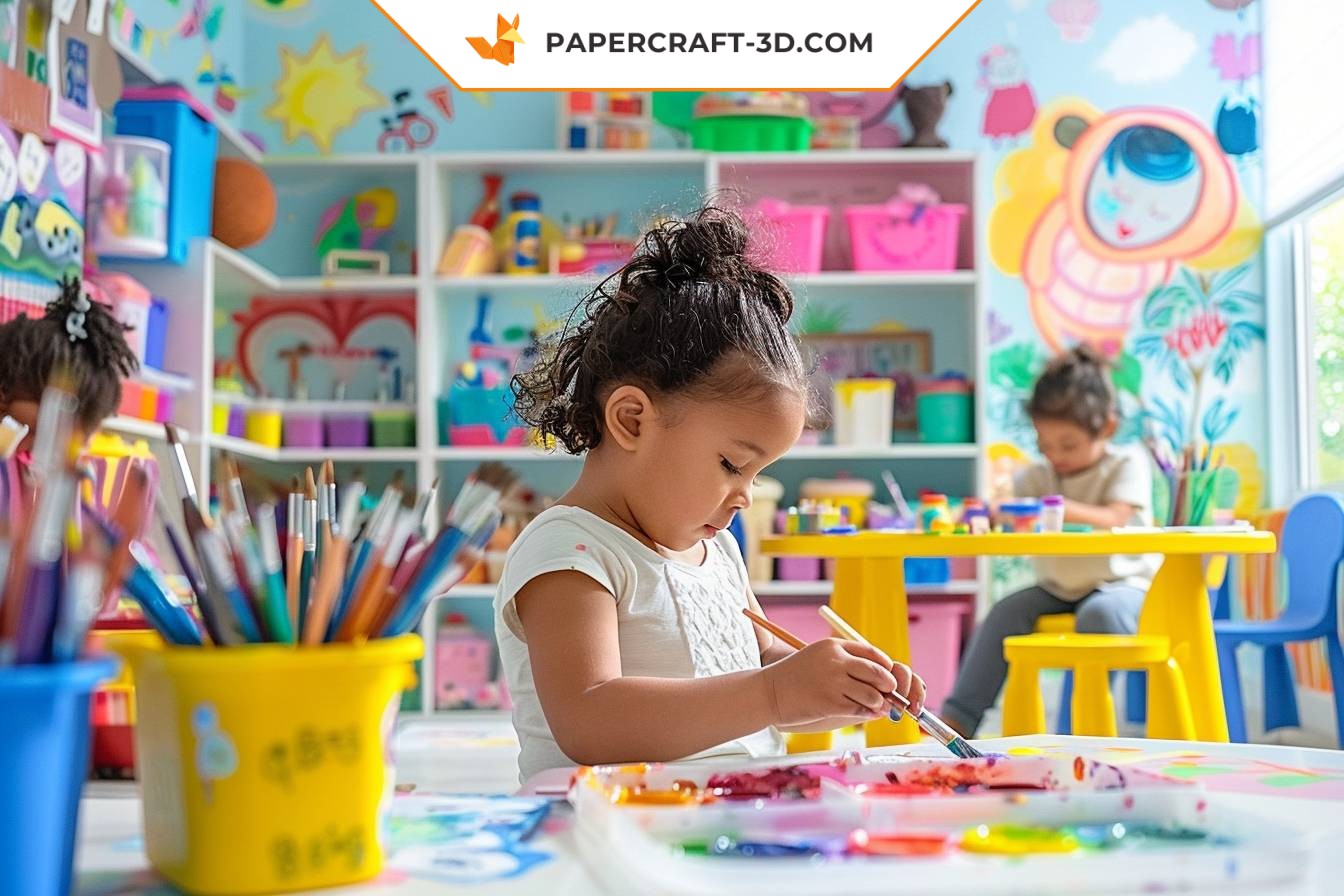
When it comes to stimulating children’s creativity, nothing beats a good dose of manual activity. These fun and educational moments are the ideal opportunity to develop their imagination, improve their fine motor skills and help them express their feelings and thoughts. But where to start? Here are a few inspiring ideas to turn your little ones into real artists!
Painting on pebbles
Let yourself be seduced by the simplicity of pebble painting. This activity is as accessible as it is fun, allowing children to give free rein to their creativity. Simply pick up a few stones on a family outing and decorate them with colorful acrylic paints when you get home. The results are often astonishing!
Homemade modeling clay
Making your own play dough is a doubly rewarding activity: not only do children love to knead this soft, malleable material between their fingers, but they also enjoy preparing their own play materials. What’s more, it’s a great way to learn about colors and shapes while having fun.
Paper mosaic
Paper mosaics are another brilliant idea to keep your toddlers smartly occupied. By cutting out pieces of colored paper and gluing them onto a white sheet in a chosen pattern, they learn patience and an eye for detail, while creating a work of art they can be proud of.
| Activity | Materials required |
|---|---|
| Painting on pebbles | Pebbles, acrylic paints |
| Homemade modelling dough | Flour, fine salt, vegetable oil, cream of tartar (or bicarbonate), hot water, food coloring. |
| Paper mosaic | Colored paper, scissors, glue |
Feel free to adapt these activities to your child’s tastes and level of independence. The main idea is for everyone to have fun while discovering the pleasure of handmade products.
- Always be there to supervise and help if necessary, especially when using scissors or handling potentially dangerous objects.
- Don’t forget to congratulate your children on their creations. It boosts their self-confidence and inspires them to continue exploring the world of art.
At the end of the day, the most important thing is that these manual activities remain a moment of sharing and pleasure between you and your children.
Handicrafts for science enthusiasts
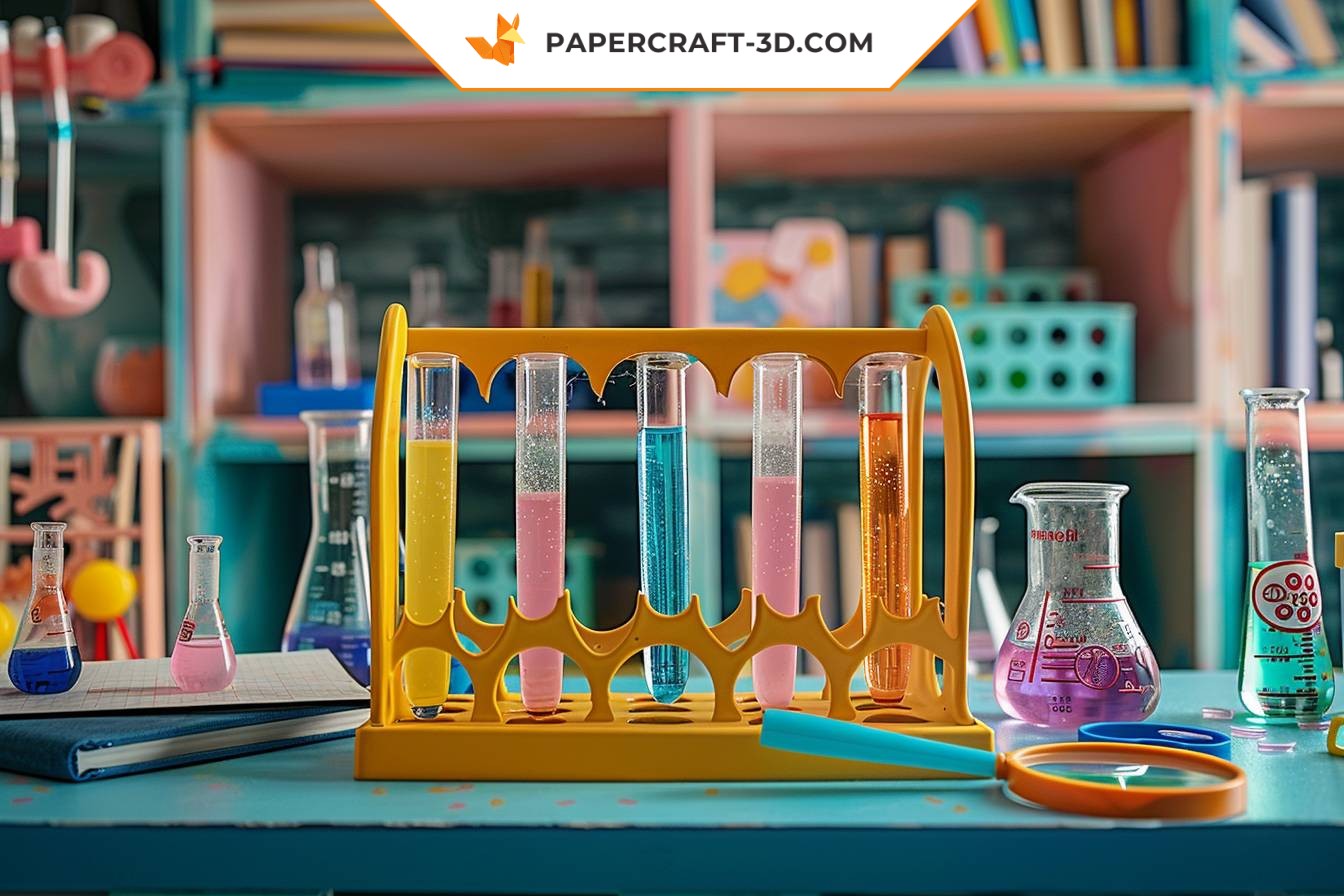
Looking to combine art and science in a single project? Then you’ve come to the right place! We’ve selected a range of scientific crafts that will delight your budding geniuses. They’re not only fun, they’re also educational, allowing children to learn while having fun.
Create a model of the solar system
To start with, why not create a model of the solar system? All you need are a few Styrofoam balls, some paint and a little imagination. This activity will help your child better understand the layout of the planets and their relative sizes. It’s also a great opportunity to learn more about each planet.
Making an erupting volcano
Another exciting idea is the making of an erupting volcano. With baking soda, vinegar and a few food colorings, you can create a veritable volcanic explosion in your kitchen! It’s a fun way to introduce children to chemical reactions.
Creating a terrarium
Would you like to introduce your children to botany? Making a terrarium could be the perfect activity. By creating their own mini-garden under glass, they can observe the life cycle of plants and understand how an ecosystem works. Plus, they’ll have something to look after and observe over time.
Don’t hesitate to accompany these activities with a short lesson on the subject in question. For example, when creating the solar system, you could explain the characteristics of the different planets. Or when the homemade volcano erupts, you can discuss the chemical reactions that occur. In this way, your children learn while having fun!
How can you get your children involved in arts and crafts at home?
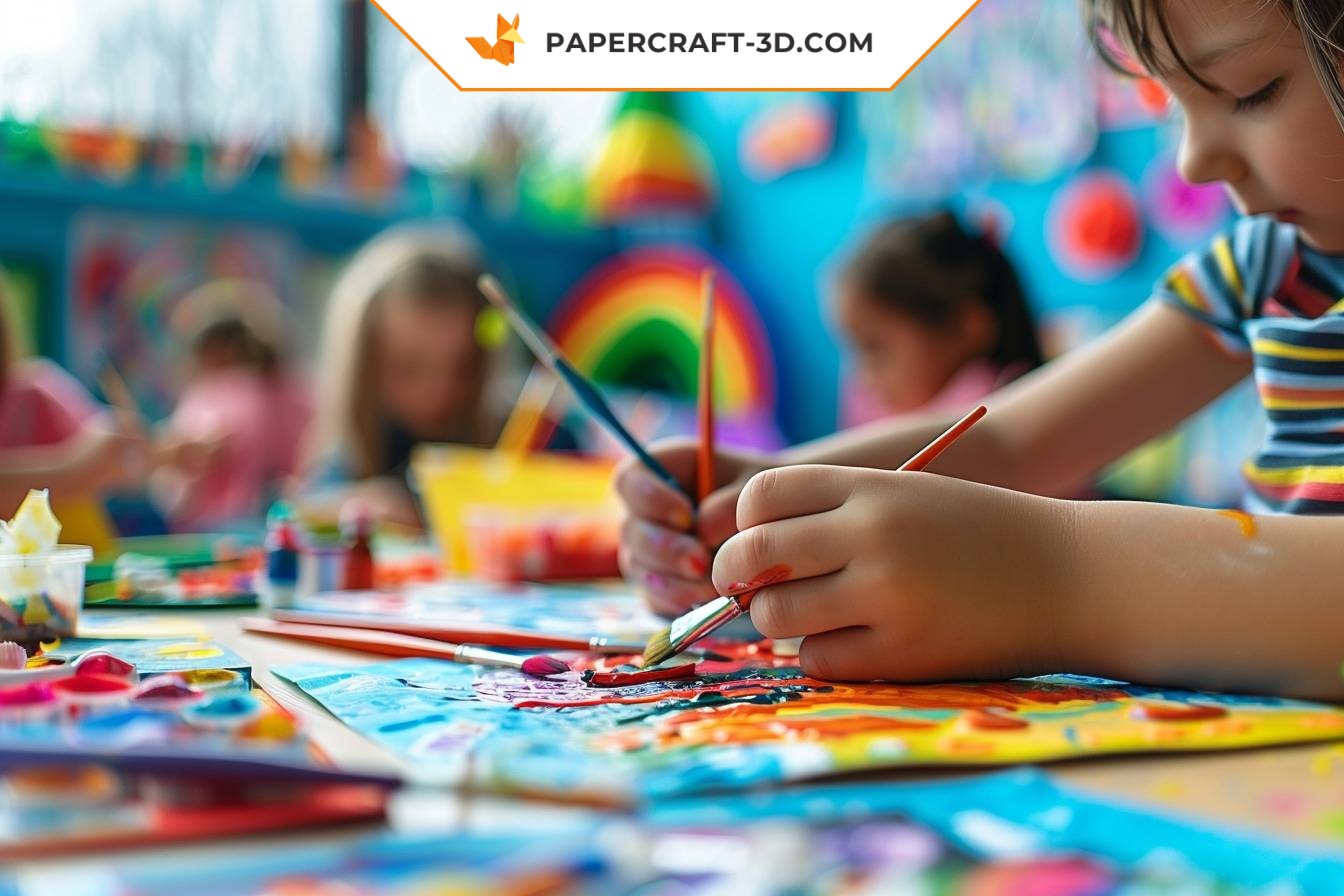
Engaging children in hands-on activities can sometimes be a real challenge. But don’t panic! Here are a few tips to make these creative moments as exciting as possible.
1. Create a dedicated space :
To start with, it’s essential to have a space specifically dedicated to manual activities. Not only does this keep the rest of the house clean and tidy, it also gives children a sense of ownership and responsibility. A desk corner, a coffee table or even a simple tablecloth spread out on the floor can do the trick.
2. Be patient:
Remember, the goal is not to achieve a masterpiece, but rather to allow your child to express his or her creativity and learn while having fun. Be patient and encourage every effort, whatever the end result.
3. Offer a variety of activities:
Children tire quickly, so be sure to offer a variety of activities to keep them interested. It could be drawing, collage, modeling… The possibilities are endless!
4. Involve them in the choice of activities:
Let your children participate in choosing the crafts they want to do. This will make them more enthusiastic and invested in their project.
5. Prepare all necessary materials in advance:
Nothing is more frustrating for a child than to be interrupted in the middle of an activity because something is missing.Finally, remember that every child is unique and has his or her own rhythm.
Don’t force things, and let them explore their creativity in their own way.
Embrace the world of 3D paper with Papercraft-3d.com
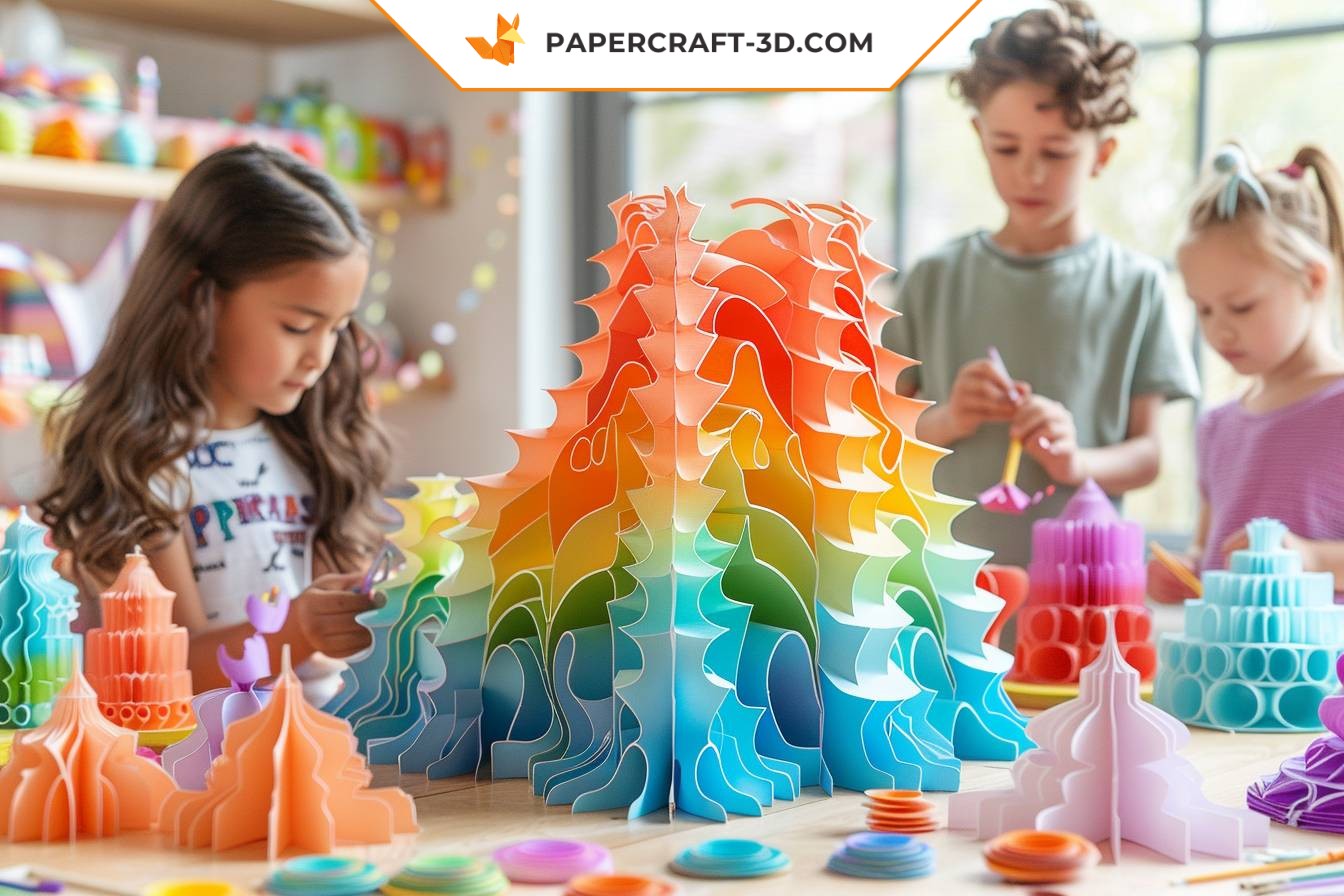
Did you know that we offer more than just ideas? At Papercraft-3d.com, you’ll find an extensive range of PDF templates and complete kits for paper crafts. Our aim? To turn creative hobbies into a fun, fast and economical experience. Ideal for decorating or spending a creative moment with your children, our offerings are designed to stimulate the imagination while guaranteeing easy completion. So why wait? Dive into the fascinating world of papercraft and 3D origami with us!
How long should a manual activity last for a child?
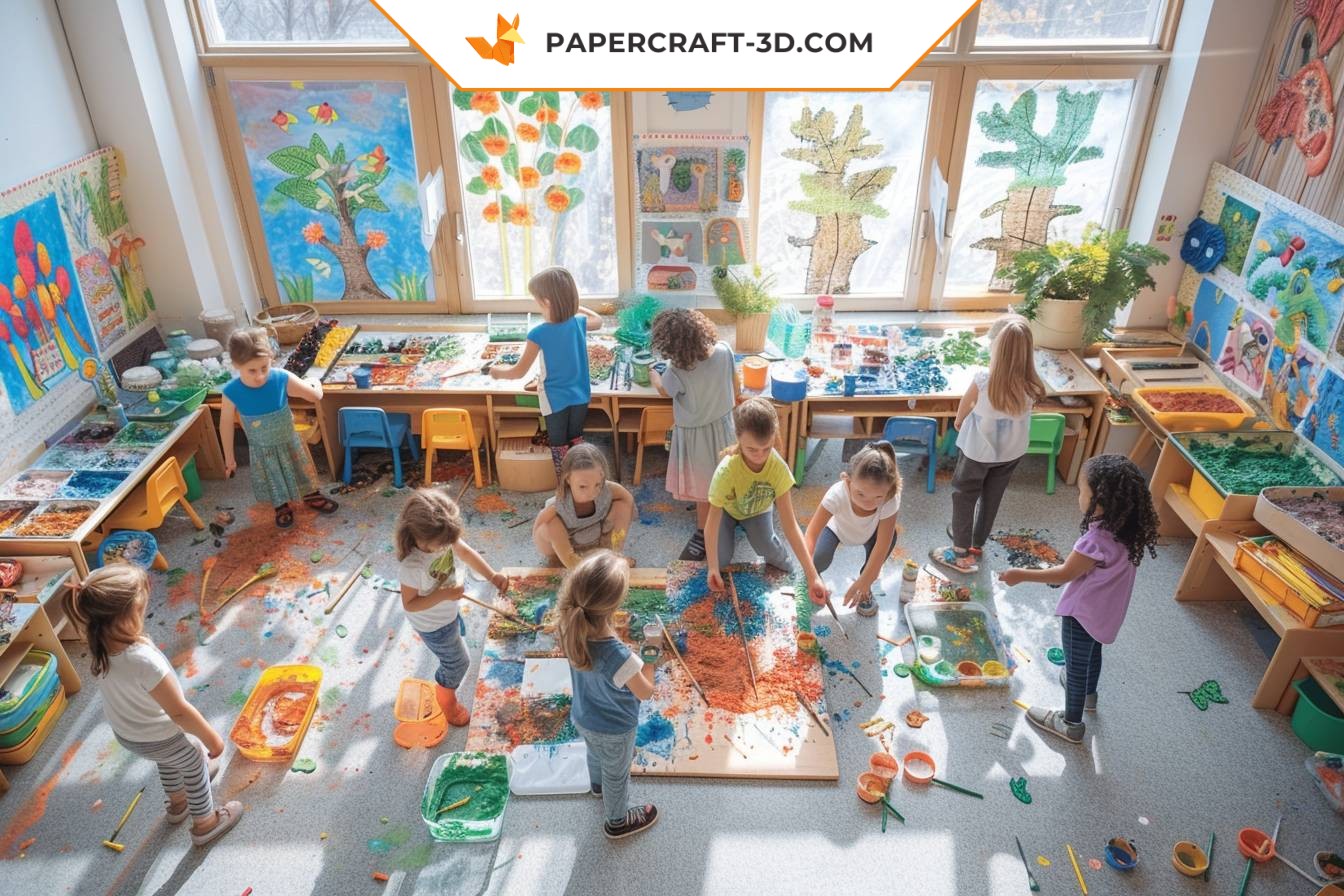
What’s the right age to start doing arts and crafts?
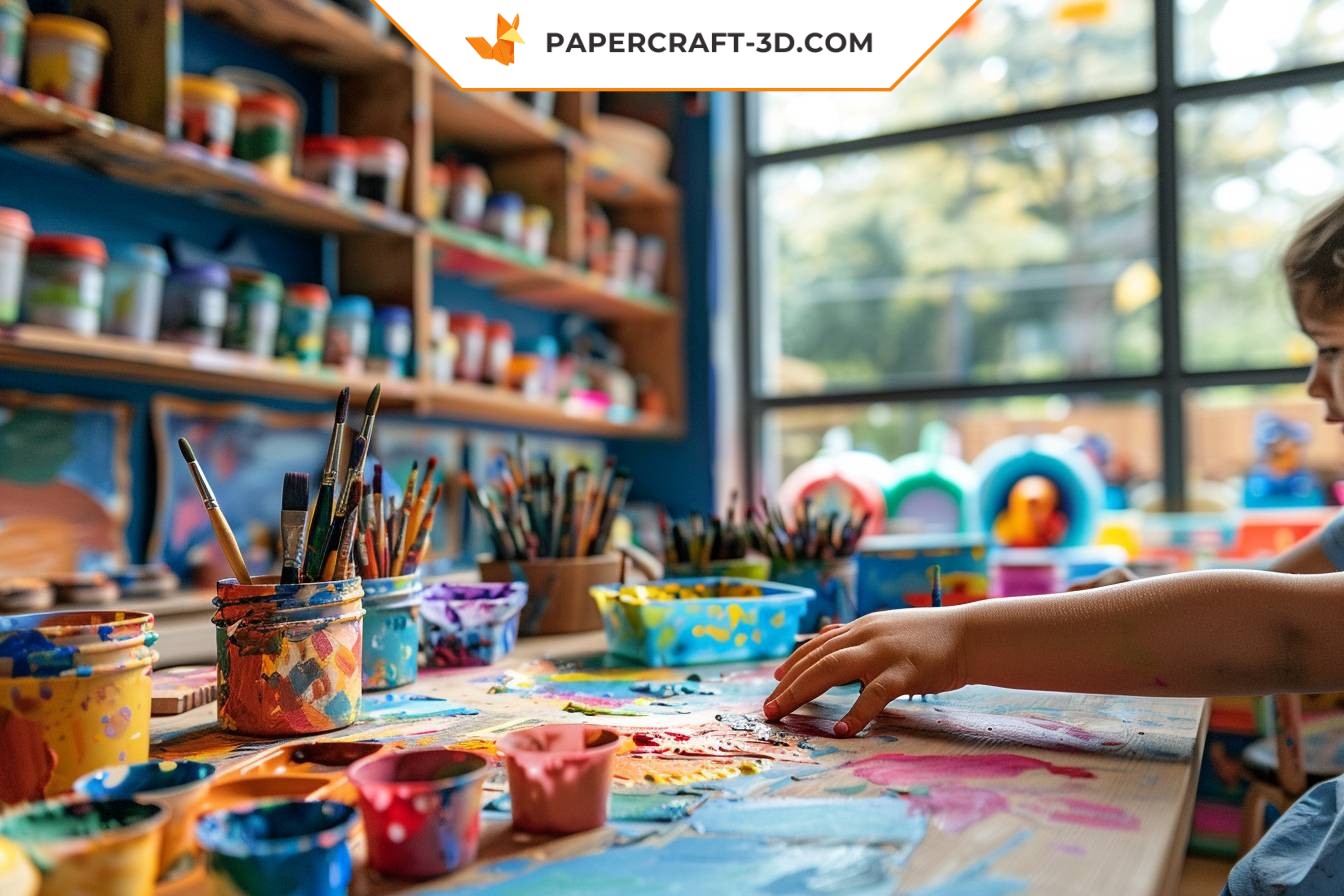
How do I choose the right manual activity for my child’s age and interests?

Where can I find materials for arts and crafts?
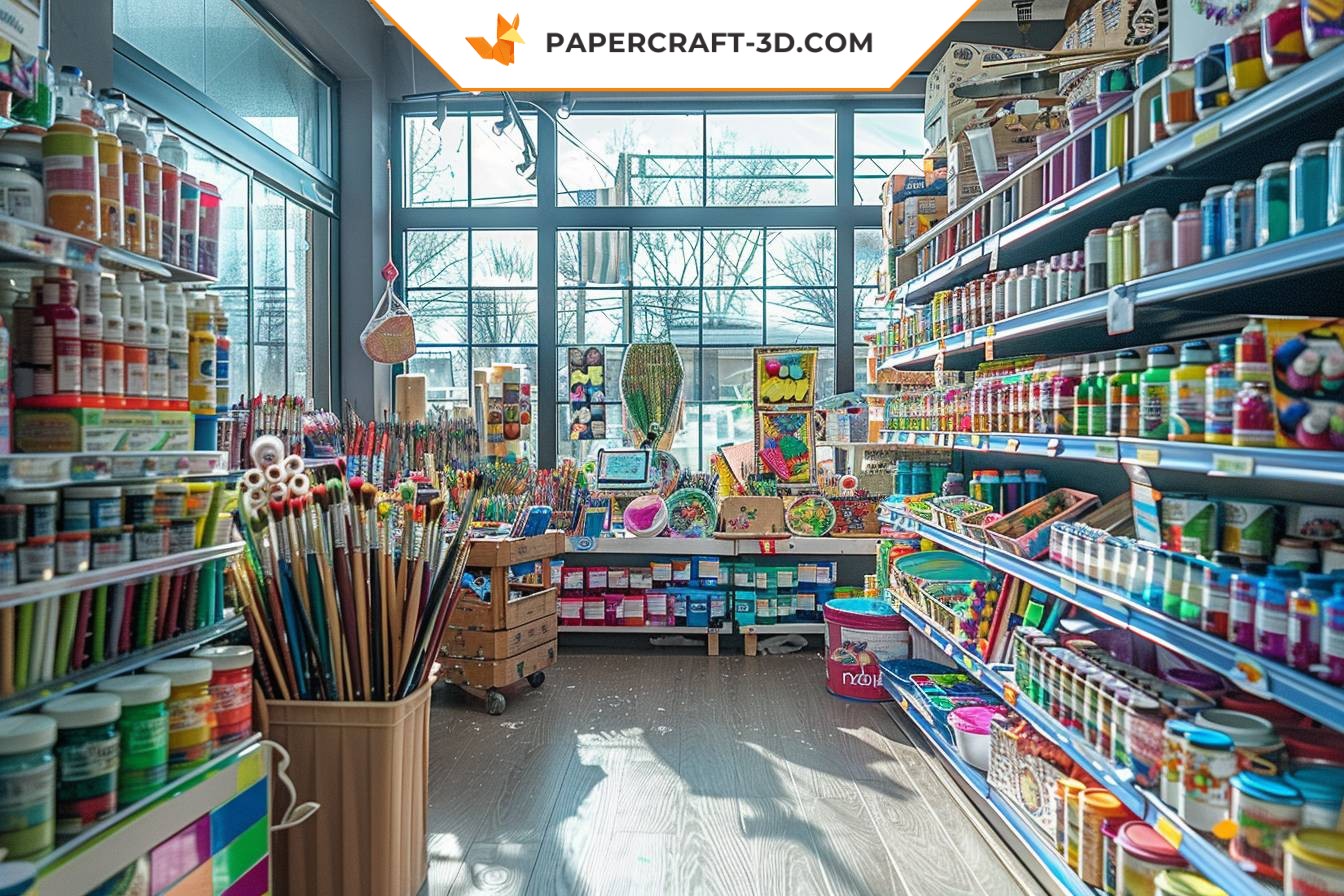
How do you make arts and crafts educational?
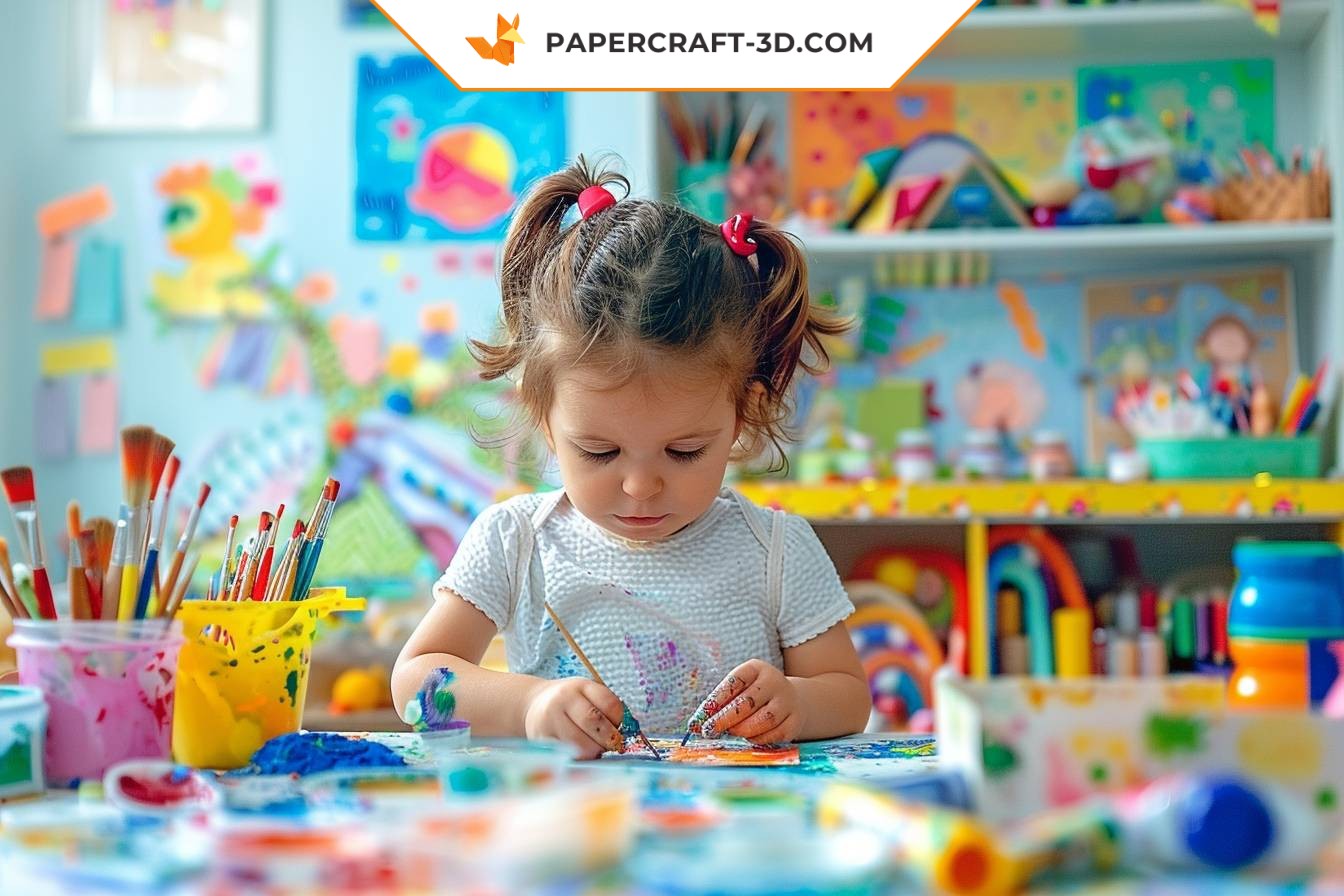
What are the advantages of ready-to-use craft kits?
